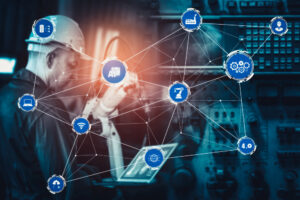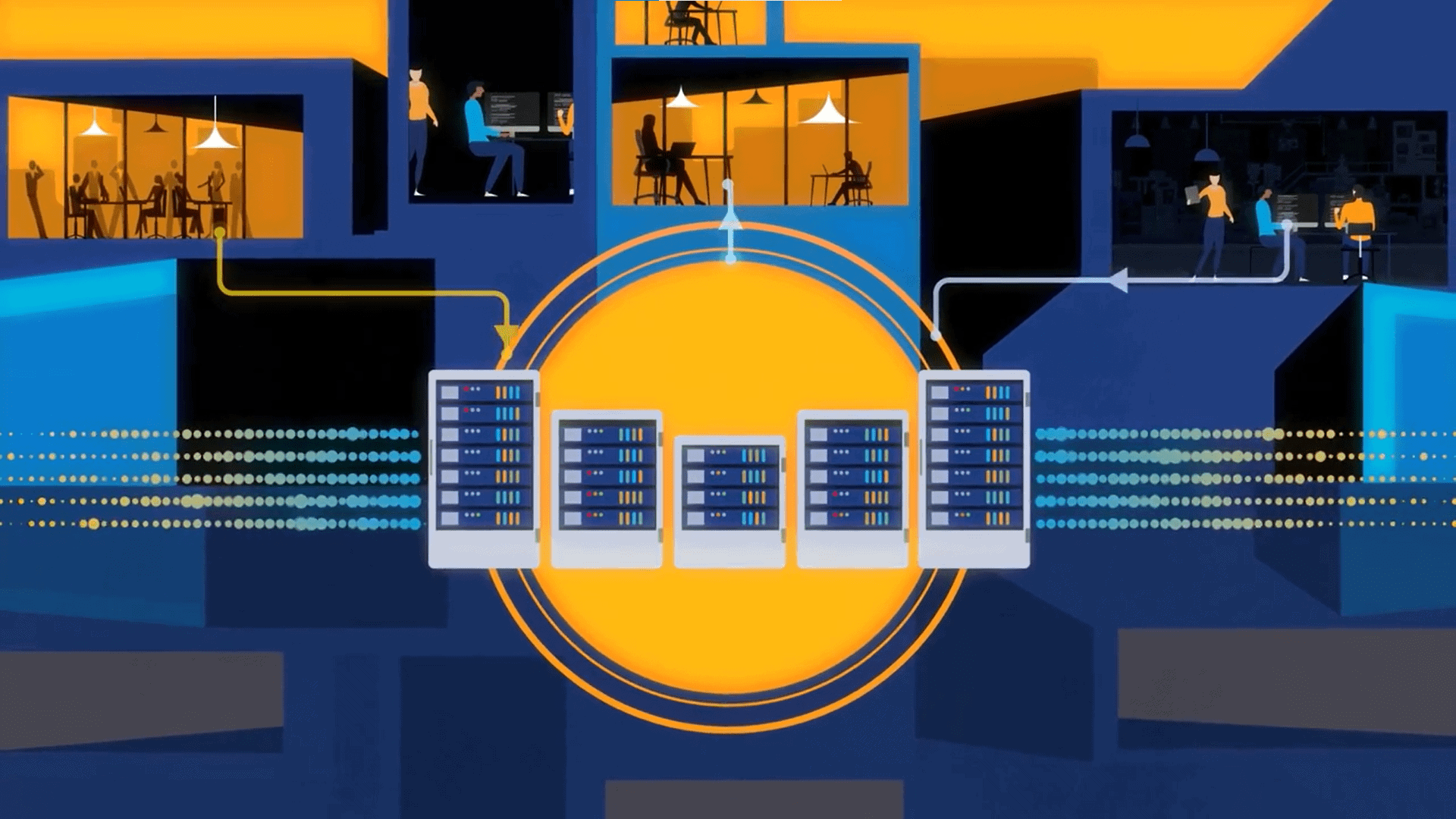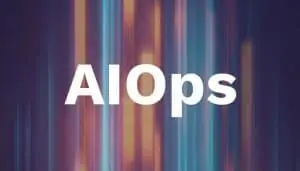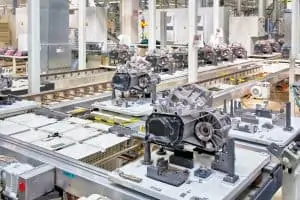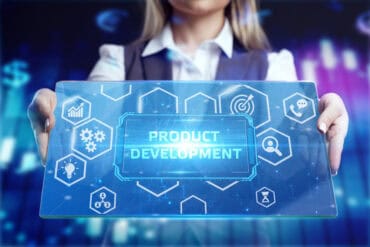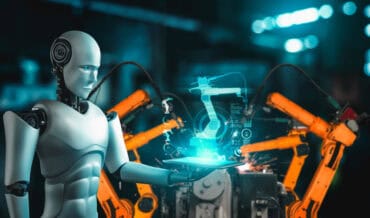
Mainframe modernization is no longer optional—it is a strategic necessity. While AI alone cannot fully resolve the COBOL challenge, when combined with targeted refactoring and cloud integration, it can be a powerful tool for transformation.
When COBOL was introduced in 1959, it transformed business computing by providing a standardized language tailored for large-scale financial and operational applications. More than 60 years later, while technology has advanced at an unprecedented pace, COBOL remains the foundation of global financial transactions.
Every day, it facilitates $3 trillion in transactions and runs 95% of ATM operations, proving its resilience.
However, even the most robust systems eventually reveal their limitations. As enterprises push forward with digital transformation, COBOL is increasingly seen as a roadblock to agility and innovation.
The modernization challenge
Enterprises relying on COBOL face a difficult paradox. Their mainframe systems are stable and deeply integrated into mission-critical workflows, yet they exist in a technology landscape vastly different from when they were first developed. Today’s businesses demand flexibility, cloud integration, and rapid innovation cycles—requirements that legacy COBOL environments struggle to meet.
Despite the need for change, full-scale replacements are rare. The financial and operational risks of a complete migration are staggering, with estimates placing the cost of addressing technical debt in the U.S. at $1.52 trillion. Meanwhile, IT budgets are stretched thin as companies spend up to 20% of their resources maintaining these aging systems rather than modernizing them.
The promise and limitations of AI when modernizing COBOL
Artificial intelligence is revolutionizing software development, with AI-assisted tools like GitHub Copilot now contributing to 25% of all new code. However, AI struggles significantly when dealing with COBOL. Unlike modern languages that benefit from extensive online documentation and open-source repositories, COBOL exists largely in proprietary archives and decades-old manuals.
This lack of readily available training data makes it difficult for AI to generate, refactor, or document COBOL code effectively. As a result, while AI is transforming many aspects of software engineering, its ability to modernize legacy COBOL systems remains limited. This knowledge gap forces enterprises to seek alternative modernization strategies that balance AI’s capabilities with human expertise.
The high stakes of COBOL modernization
For CIOs and IT leaders, overcoming the COBOL challenge is not just about technical debt—it is about survival. Organizations that fail to modernize risk being stuck in endless maintenance cycles, limiting their ability to compete and innovate. But the issue extends beyond individual businesses; COBOL-based mainframes underpin major economic infrastructure, from banking to government services. The global economy depends on their reliability and performance.
The AI-driven future of COBOL
Recognizing the urgency of mainframe modernization, major tech companies like Amazon, Google, and Microsoft are investing in AI-driven solutions. New startups are emerging with specialized machine learning tools aimed at refactoring and documenting COBOL code, bridging the gap between legacy systems and modern cloud environments.
Some companies focus on automated translation tools that convert COBOL into languages like Java or Python, while others enhance COBOL’s interoperability with APIs and cloud-based services. By leveraging AI where it is most effective—documentation, static analysis, and partial code conversion—enterprises can gradually modernize their systems without the risks of a full-scale migration.
See also: Celebrating the Mainframe’s 60th Anniversary: A Pillar of Modern Technology
Moving forward: A pragmatic approach to modernization
The real question is not whether AI will fully replace COBOL but how organizations can strategically use AI and other technologies to make mainframes more adaptable. Enterprises should focus on:
- AI-Assisted Documentation: Leveraging AI to extract, analyze, and document legacy code, reducing the knowledge gap.
- Incremental Refactoring: Using AI-powered tools to gradually convert critical components into modern languages while maintaining system integrity.
- Hybrid Integration: Enhancing mainframe capabilities with API gateways and cloud-native services, allowing COBOL systems to interoperate with modern applications.
The future of enterprise technology depends on smarter modernization
Mainframe modernization is no longer optional—it is a strategic necessity. While AI alone cannot fully resolve the COBOL challenge, when combined with targeted refactoring and cloud integration, it can be a powerful tool for transformation.
CIOs and IT leaders who proactively embrace AI-driven solutions and modernization strategies will position their enterprises for long-term success. Those who delay risk being locked in a cycle of inefficiency and escalating maintenance costs. The future of enterprise technology belongs to those who act now, leveraging the best of AI and human expertise to transform legacy systems into future-ready platforms.









